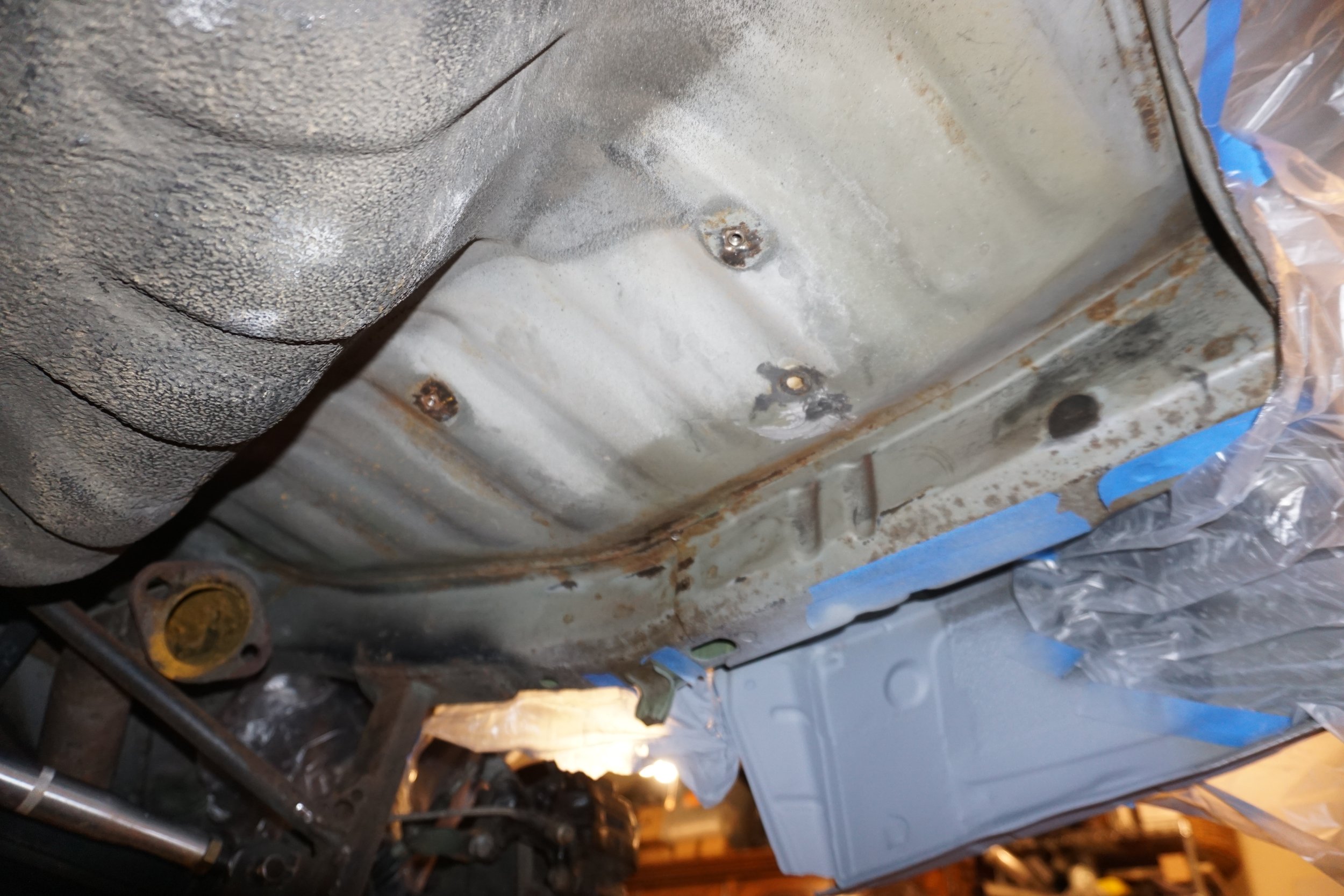M
Mel Dawg
Thank you to all who have posted. After watching a blogger rave about POR-15 I had to dig in and see for myself. I have however posted a comment on the YT site, but I doubt it will be read. The person was reckless, no mask, no face protection no skin protection, he was treating this just like latex paint, I now understand it is far from that.
Also, no prepping, just slap it on rust in the undercarriage, and this is what really got me thinking. How!! just hard to believe that a product could work so easily.
Simply it does not work in this fashion.
Rust is an animal and it is alive, it is part of everything around us. It is either abated or it will live on and do what it has to do. Reclaim!!!
Once we trap rust it will do unbelievable damage. Do we want proof, look at the condo in Miami, this is what rebar does when rust expands and blows out concrete.
Take rebar, it is also sold with a green-coated layer, great until the layer is damaged and water gets in behind the coating. Then boom. For 100% rust prevention in concrete work, we need to use galvanized rebar.
As far as painting goes, maybe in areas where a clean finish is not needed, you spray paint to match. For showroom finish, no way period.
The comments I have read about cracking. Anyone here ever see a lousy driveway sealing job? There are sealers to chemically join with asphalt and then here are those that when dry scale and crack and the driveway looks like crap. And water will get through those cracks, I gather this is what POR-15 will do.
Conclusion: Having read all of the posts I will not donate $50 a QT to hype.
Also, no prepping, just slap it on rust in the undercarriage, and this is what really got me thinking. How!! just hard to believe that a product could work so easily.
Simply it does not work in this fashion.
Rust is an animal and it is alive, it is part of everything around us. It is either abated or it will live on and do what it has to do. Reclaim!!!
Once we trap rust it will do unbelievable damage. Do we want proof, look at the condo in Miami, this is what rebar does when rust expands and blows out concrete.
Take rebar, it is also sold with a green-coated layer, great until the layer is damaged and water gets in behind the coating. Then boom. For 100% rust prevention in concrete work, we need to use galvanized rebar.
As far as painting goes, maybe in areas where a clean finish is not needed, you spray paint to match. For showroom finish, no way period.
The comments I have read about cracking. Anyone here ever see a lousy driveway sealing job? There are sealers to chemically join with asphalt and then here are those that when dry scale and crack and the driveway looks like crap. And water will get through those cracks, I gather this is what POR-15 will do.
Conclusion: Having read all of the posts I will not donate $50 a QT to hype.



